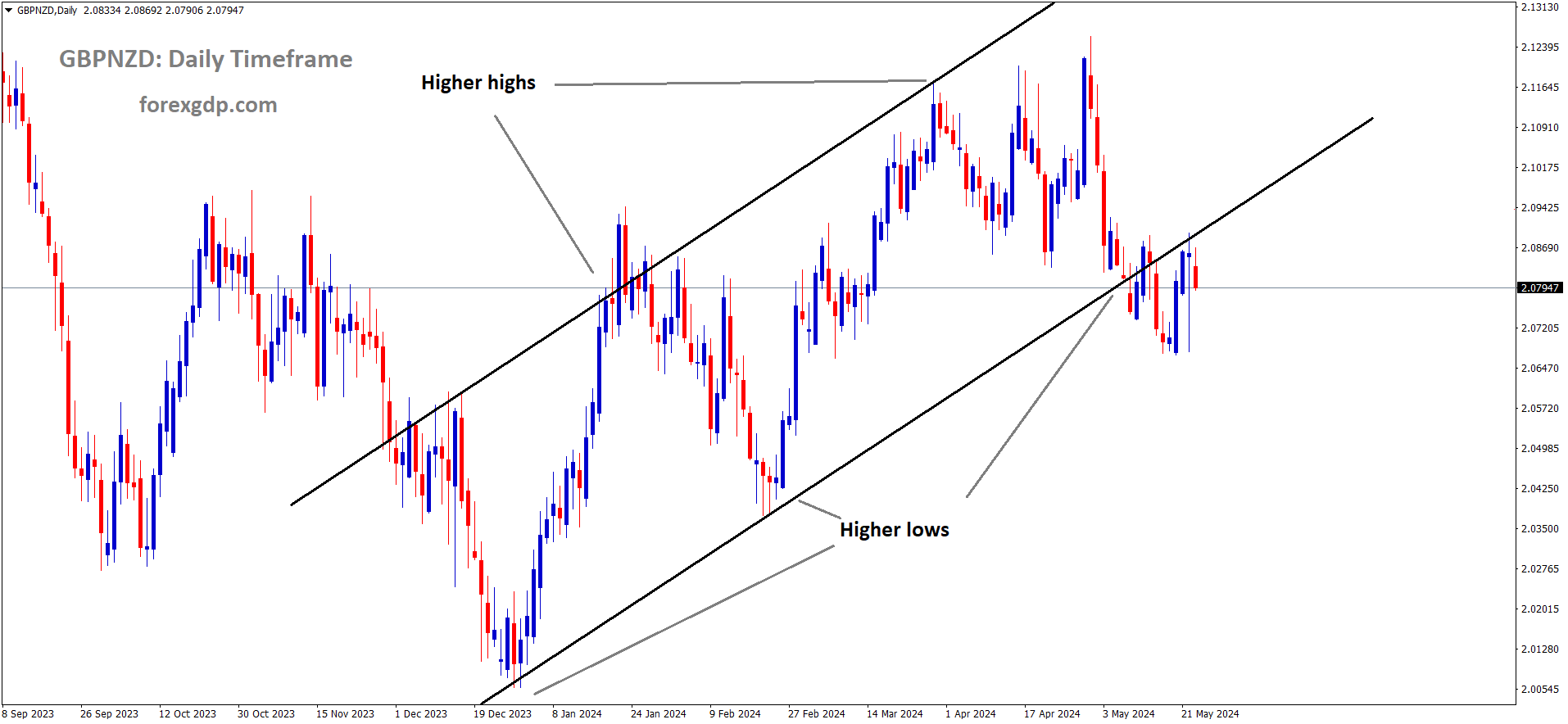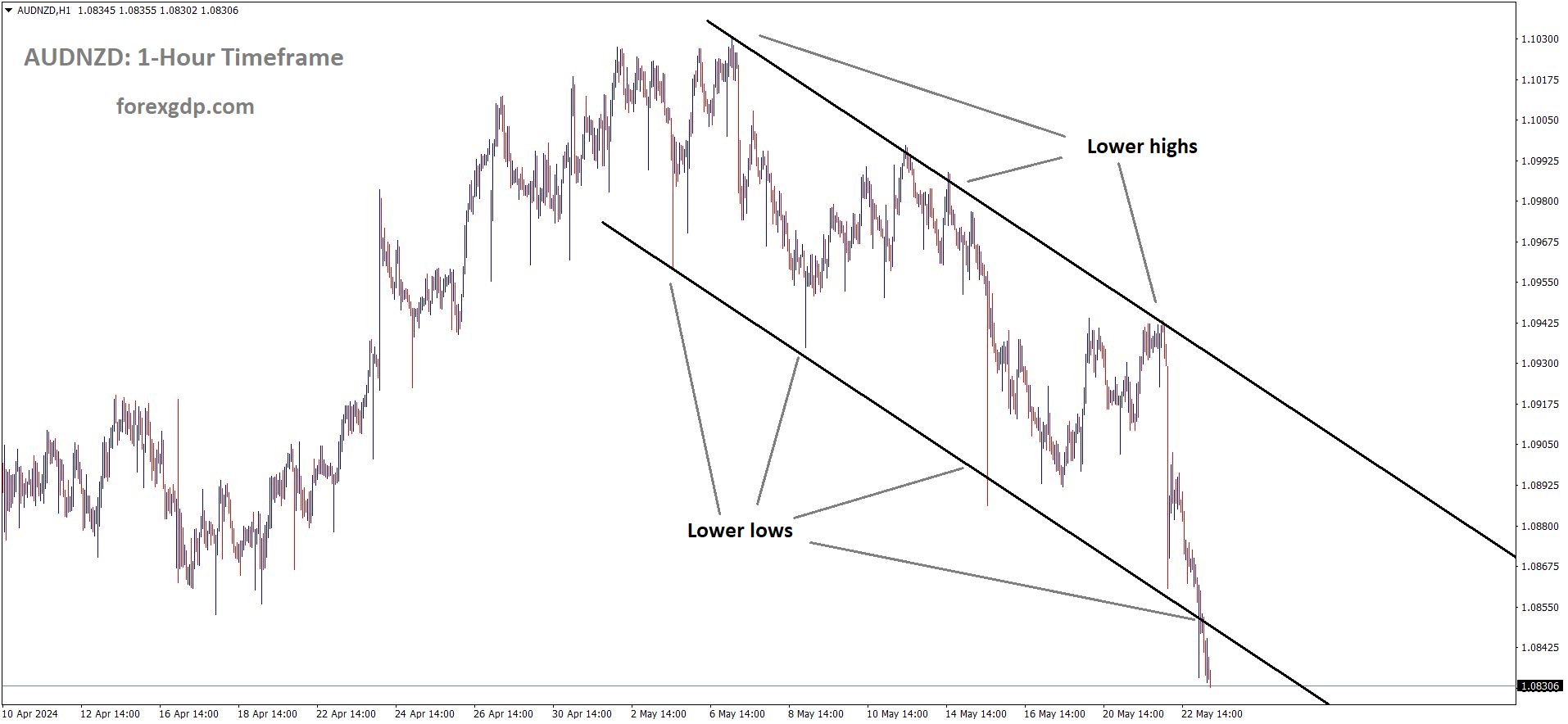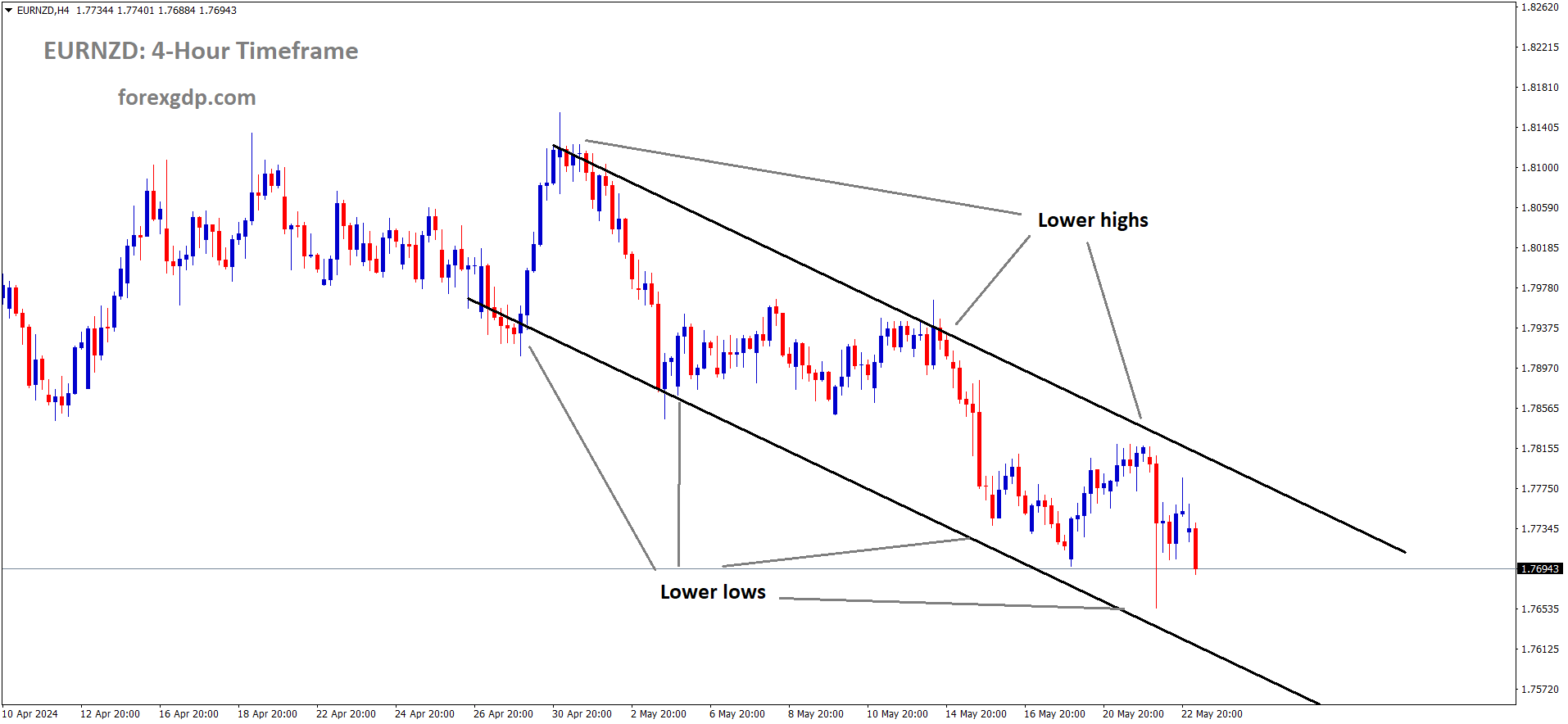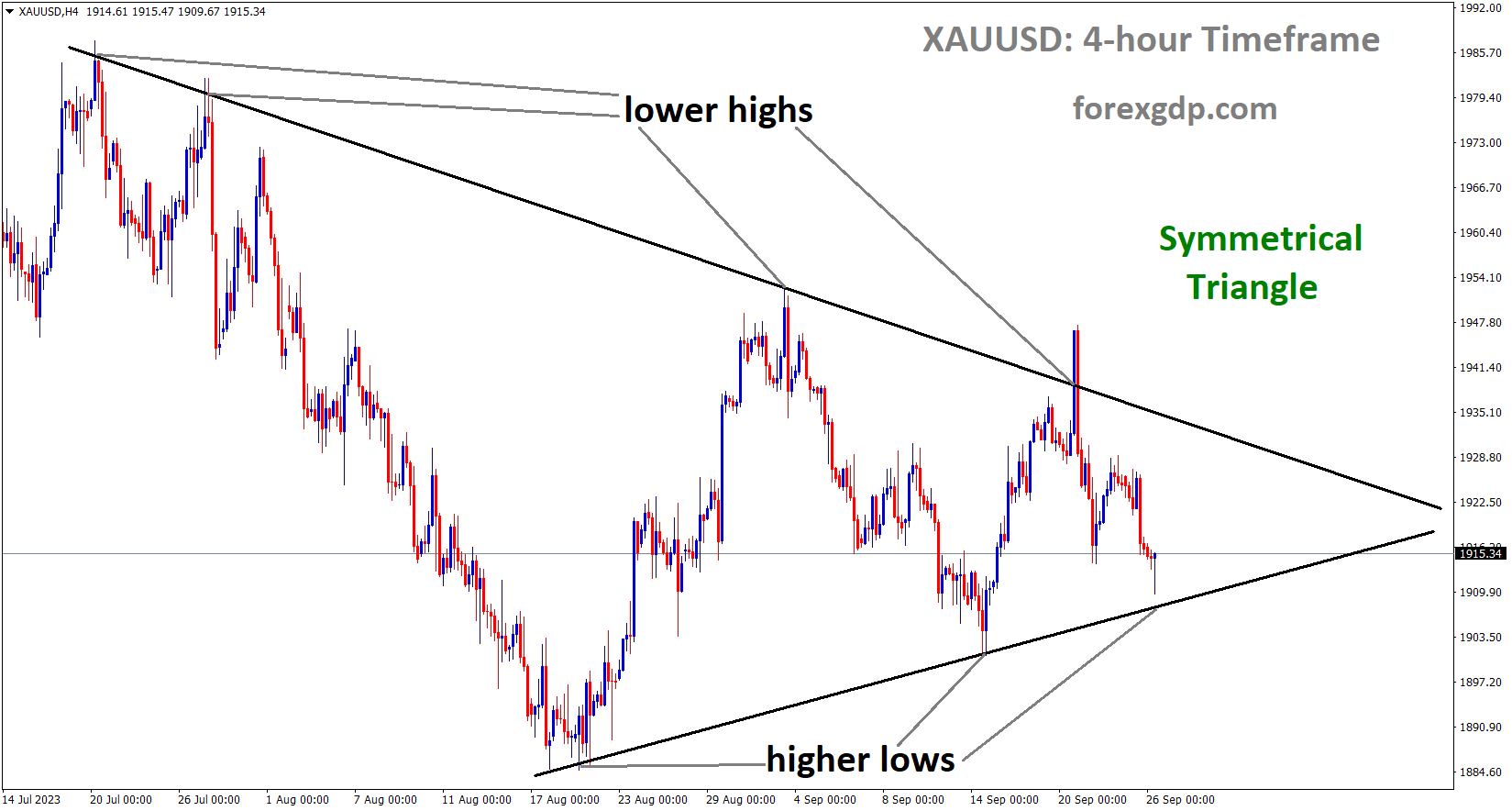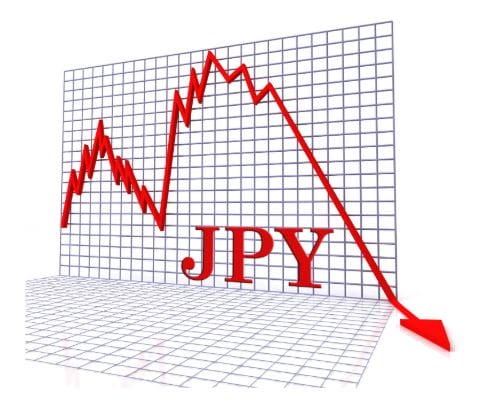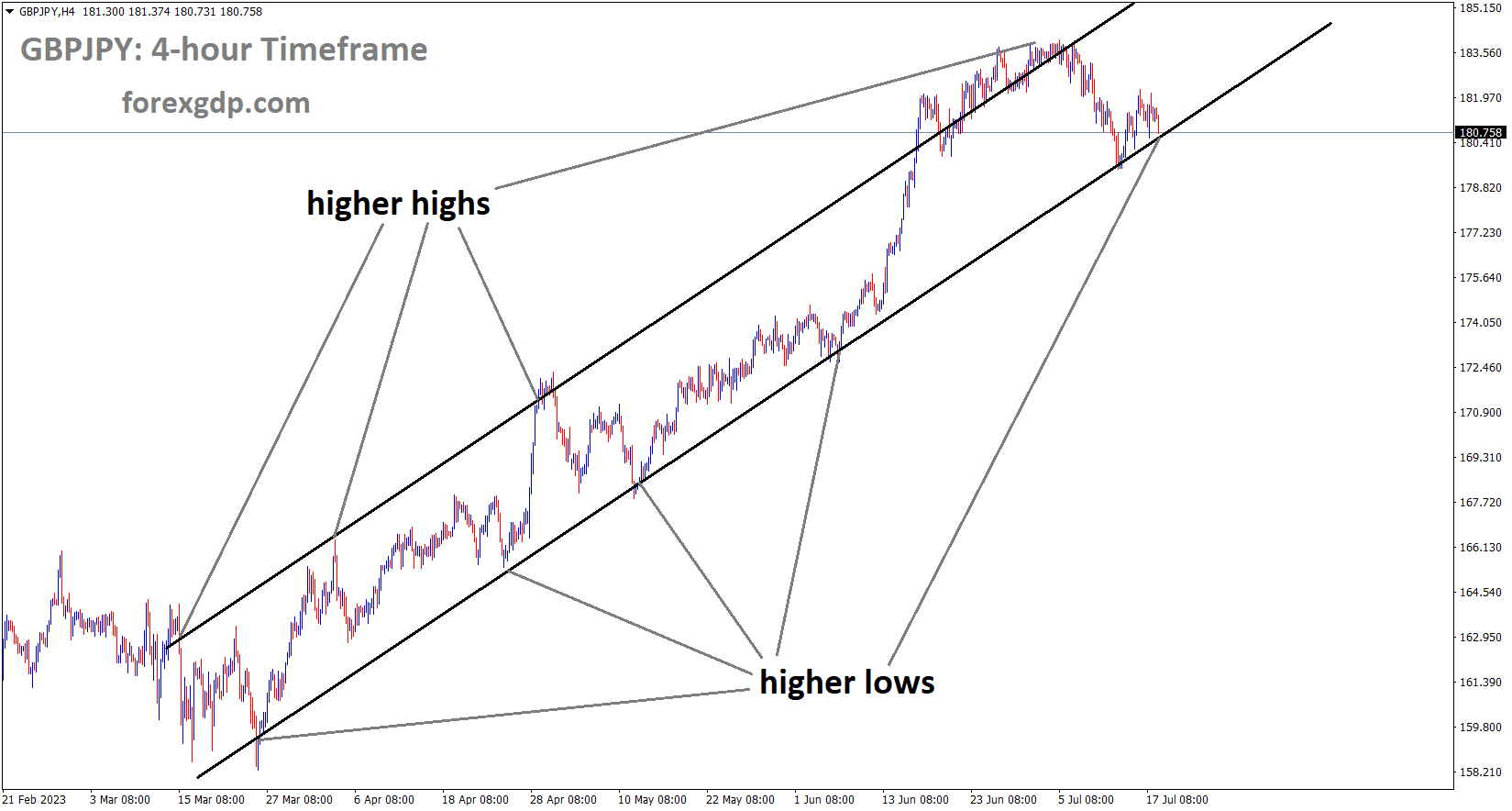NZD: NZ Q1 Retail Sales Up 0.5%, Ending 2-Year Slump
NZ Retail sales Q1 data came at 0.50% more than expected -0.30% from -1.9% fall in the last quarter data. Core retail sales Q1 came at 0.40% better than previous quarter data of -1.8%. NZ Dollar moved up after the upbeat data came today.
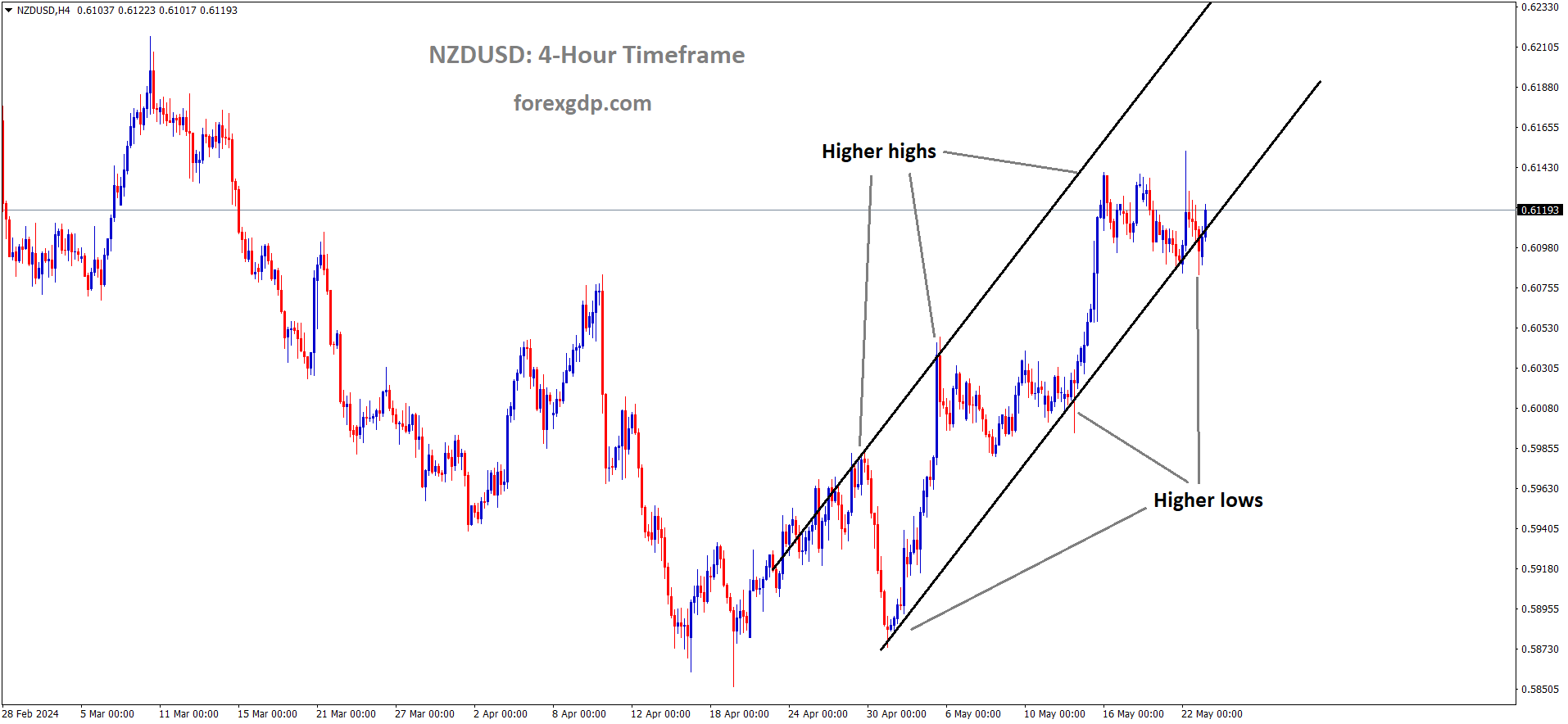
NZDUSD is moving in Ascending channel and market has reached higher low area of the channel
New Zealand’s retail sales volumes increased by 0.5% quarter-on-quarter to NZD 25 billion in the first quarter, significantly outperforming the anticipated decline of -0.3% quarter-on-quarter. Sales values saw a rise of 0.7% quarter-on-quarter to NZD 30 billion.
“In the March quarter, we observed a modest increase in retail activity, with growth occurring across most industries,” stated Melissa McKenzie, business financial statistics manager. “This came after two years of declines.”
Out of the 15 retail industries, nine experienced higher sales volumes during the quarter. The most notable contributions came from the food and beverage services sector, which rose by 2.2%, the motor vehicle and parts retailing sector, which increased by 1.1%, the recreational goods retailing sector, which surged by 4.7%, and the accommodation sector, which climbed by 4.1%.
NZD: NZ Q1 Retail Sales Up 0.5% QoQ
New Zealand’s retail sales data for the first quarter showed a 0.5% increase, outperforming expectations of a -0.3% decline. This marks a recovery from the previous quarter’s 1.9% drop. Core retail sales, which exclude volatile items, also improved, rising by 0.4% in Q1 compared to a -1.8% decrease in the last quarter. Following the release of this upbeat data, the New Zealand Dollar strengthened.
GBPNZD is moving in Ascending channel and market has reached higher low area of the channel
The total volume of retail sales in New Zealand increased by a seasonally adjusted 0.5 percent quarter-on-quarter in the first three months of 2024, Statistics New Zealand reported on Thursday.
This result exceeded forecasts, which had predicted a decline of 0.3 percent following the 1.9 percent contraction in the previous three months.
By industry, the largest movements were observed in: hardware, building, and garden supplies, which decreased by 2.8 percent; food and beverage services, which increased by 2.2 percent; motor vehicle and parts retailing, which rose by 1.1 percent; recreational goods retailing, which surged by 4.7 percent; and accommodations, which climbed by 4.1 percent.
The value of retail sales rose by a seasonally adjusted 0.7 percent quarter-on-quarter to NZ$30 billion.
On a yearly basis, sales were down by 2.4 percent after having declined by 4.1 percent in the previous three months.
NZD: NZ Q1 Retail Sales Volume Up 0.5%, Down 2.4% YoY
– New Zealand’s retail sales data for Q1 showed a 0.5% increase.
– Outperformed expectations of a -0.3% decline.
– Recovered from the previous quarter’s 1.9% drop.
AUDNZD is moving in Descending channel and market has reached lower low area of the channel
– Core retail sales in Q1 rose by 0.4%.
– Improved from a -1.8% decrease in the previous quarter.
– The New Zealand Dollar strengthened following the release of this positive data.
Retail sales in New Zealand experienced a seasonally adjusted increase of 0.5 percent in the first quarter of 2024, as reported by Statistics New Zealand on Thursday. This rise exceeded forecasts, which had anticipated a 0.3 percent decline, following a 1.9 percent decrease in sales during the previous quarter.
Breaking it down by industry, significant changes included a 2.8 percent decline in hardware, building, and garden supplies, while food and beverage services rose by 2.2 percent. Motor vehicle and parts retailing experienced a 1.1 percent increase, recreational goods retailing surged by 4.7 percent, and accommodations saw a 4.1 percent rise.
The overall value of retail sales increased by a seasonally adjusted 0.7 percent quarter-on-quarter, reaching NZ$30 billion. However, on an annual basis, sales were down by 2.4 percent, following a 4.1 percent decline in the preceding three months.
NZD: NZ Q1 Retail Sales Volume Up 0.5%, Down 2.4% YoY
In Q1, New Zealand’s retail sales data surpassed expectations, showing a 0.5% increase. This marks a significant recovery from the previous quarter’s 1.9% decline. Core retail sales also saw improvement, rising by 0.4% compared to the previous quarter’s -1.8% decrease. As a result of this upbeat data, the New Zealand Dollar experienced a strengthening trend.
Retail sales figures have ended a bleak run of eight consecutive quarters of declines, according to Statistics NZ’s retail trade survey for the March 2024 quarter.
Stats NZ reported that seasonally adjusted volume figures, which exclude inflation impacts, rose by 0.5% in the March quarter. However, the quarterly volume figures were still 2.4% lower compared to the same quarter in 2023, despite significant population growth during that time, indicating that more people are spending less.
Despite this uptick, Stats NZ’s more volatile, but timely, electronic card transactions data for April showed continued widespread weakness in spending. This raises questions about whether the latest retail trade figures signal a genuine turnaround or are just a temporary blip.
EURNZD is moving in Descending channel and market has fallen from the lower high area of the channel
Consumers have been affected by significantly higher interest rates, with one-year fixed ‘special’ mortgage rates averaging around 2.3% in March 2021 compared to 7.2% for the same term in March 2024.
The Reserve Bank signaled this week that interest rates might need to stay higher for longer and even considered raising the Official Cash Rate (OCR) above the current 5.5%, suggesting that there may not be much immediate relief.
Westpac senior economist Satish Ranchhod noted that the rise in retail spending in the March quarter was “well above our own and market expectations for a fall in spending in the early part of the year.” However, he cautioned that this increase likely represents a rebound from the significant decline in the previous quarter rather than a resurgence in spending appetite. He emphasized that the broader trend in spending remains downward.
Detailing the March quarter 2024 figures, Stats NZ highlighted that nine of the 15 retail industries saw higher sales volumes compared to the December 2023 quarter, after adjusting for price inflation and seasonal effects. The largest contributors to the rise were:
– Food and beverage services, up 2.2%
– Motor vehicle and parts retailing, up 1.1%
– Recreational goods retailing, up 4.7%
– Accommodation, up 4.1%
Conversely, hardware, building, and garden supplies saw a decline of 2.8%.
ANZ senior economist Miles Workman expressed caution, noting that the positive surprise in the latest retail data comes from an exceptionally weak base. He pointed out that with ongoing headwinds for consumers, the Q1 data is unlikely to mark the beginning of a strong upward trend. He added that retail recorded the weakest growth of all main industries over 2023, and while ANZ expects 2024 to “bring a floor” in headline GDP growth, domestic demand will likely remain soft.
Westpac’s Ranchhod predicted continued softness in spending over the coming months, consistent with recent retail card spending reports and feedback from retailers, many of whom have missed sales targets recently.
ASB senior economist Kim Mundy also expects challenging conditions for the retail sector to persist. She highlighted that cost of living pressures are likely to remain acute throughout 2024 due to sticky, though cooling, domestically generated inflation. Mundy estimated that households could face an extra $70 per week in living costs this year. She mentioned that while the OCR has probably peaked, a considerable amount of additional tightening is expected, with a significant portion of mortgage lending set to roll onto higher rates. She also noted signs that the peak in population growth is behind us and that significant relief for retailers may not come until inflation is tamed and monetary conditions are eased. Mundy suggested that OCR cuts might not occur until 2025.
Don’t trade all the time, trade forex only at the confirmed trade setups
Get more confirmed trade signals at premium or supreme – Click here to get more signals , 2200%, 800% growth in Real Live USD trading account of our users – click here to see , or If you want to get FREE Trial signals, You can Join FREE Signals Now!



